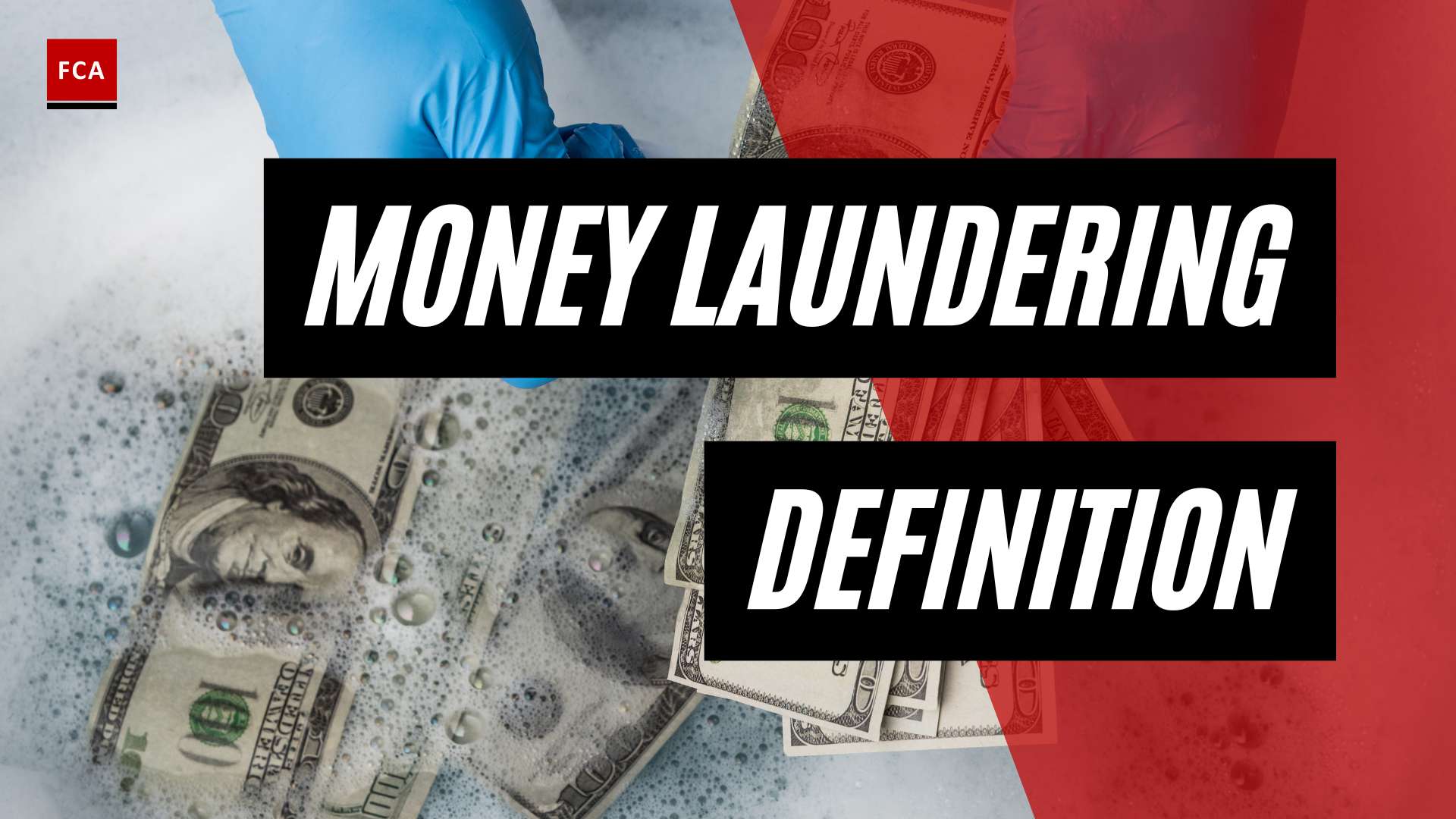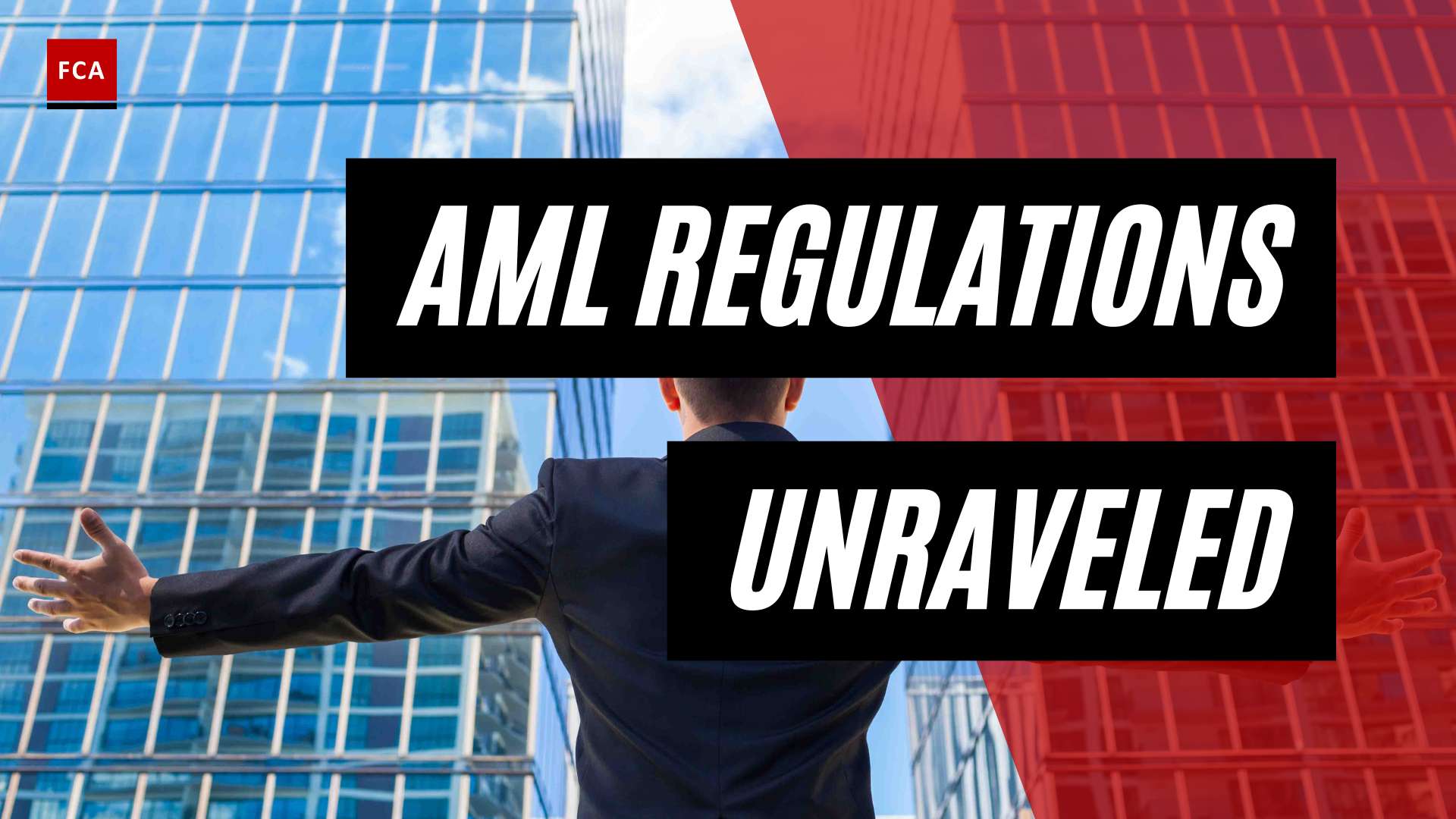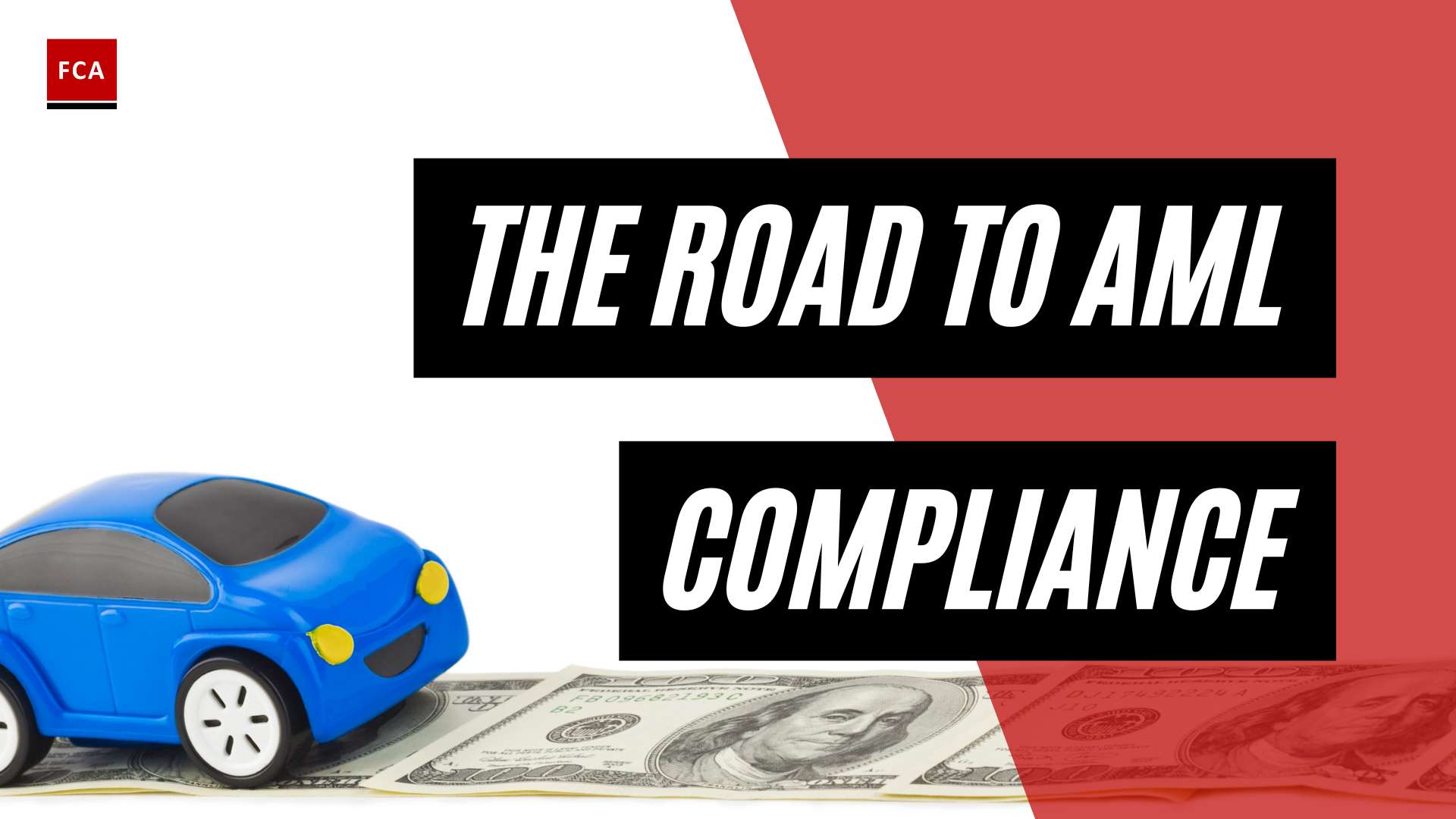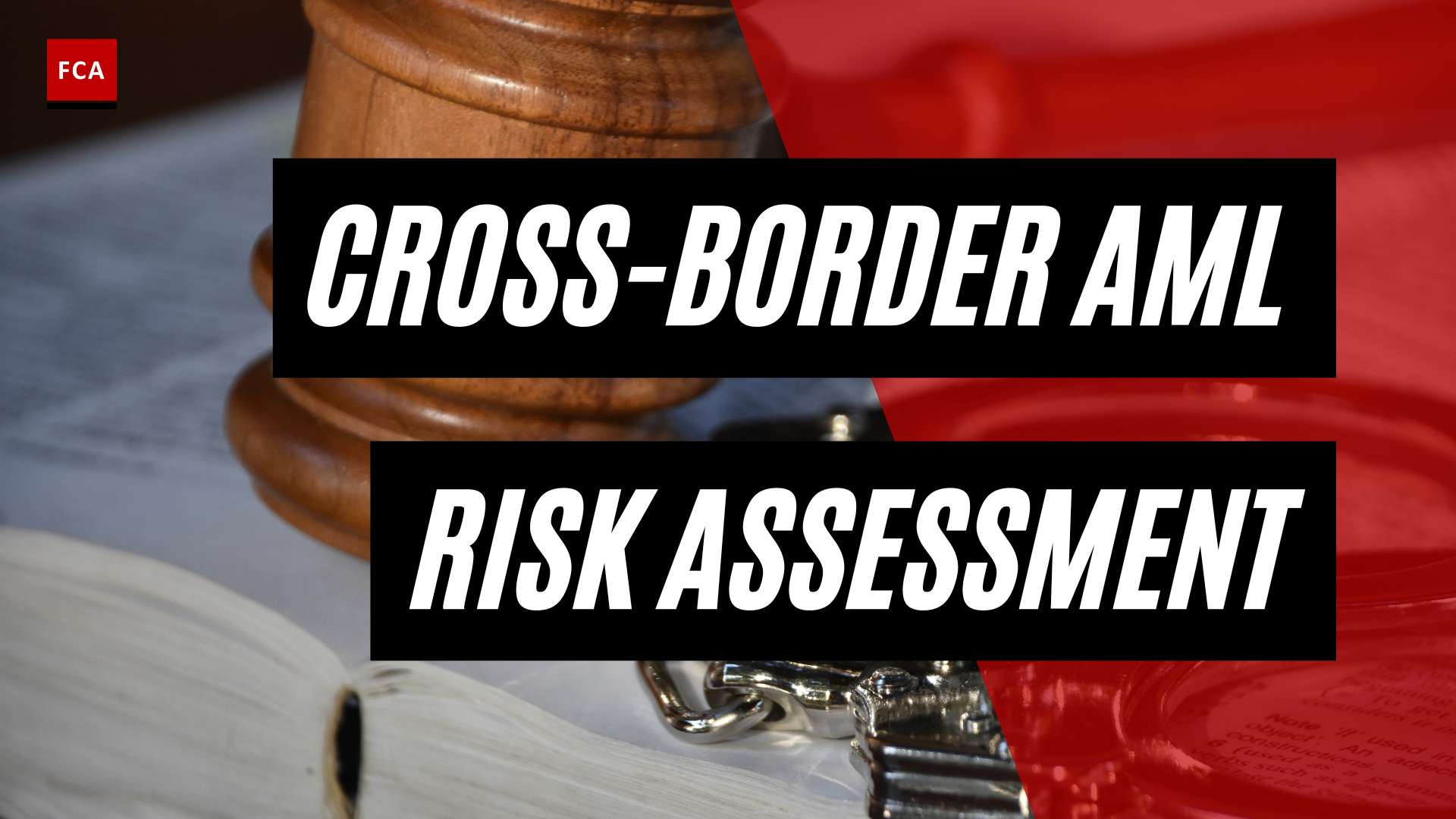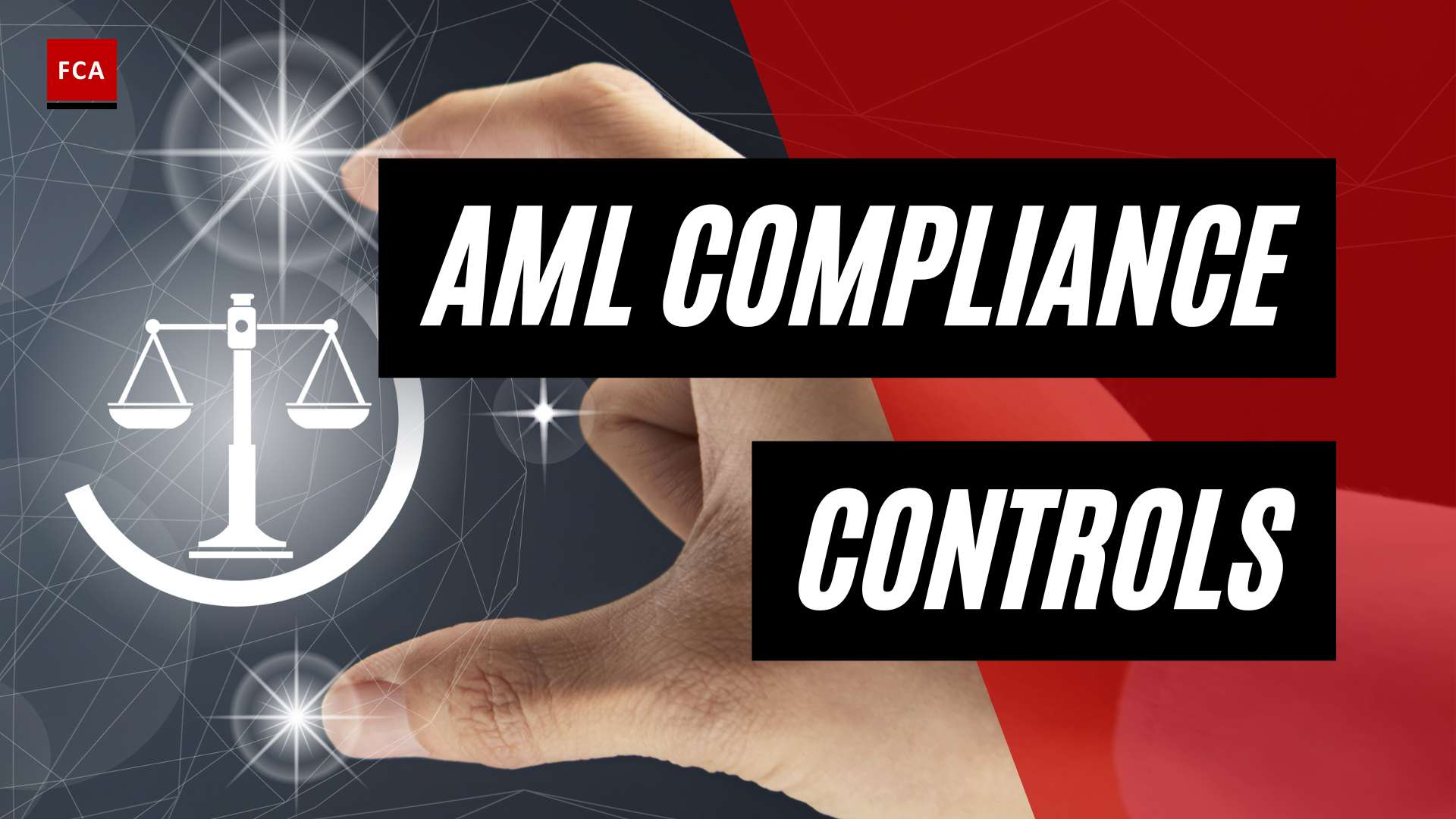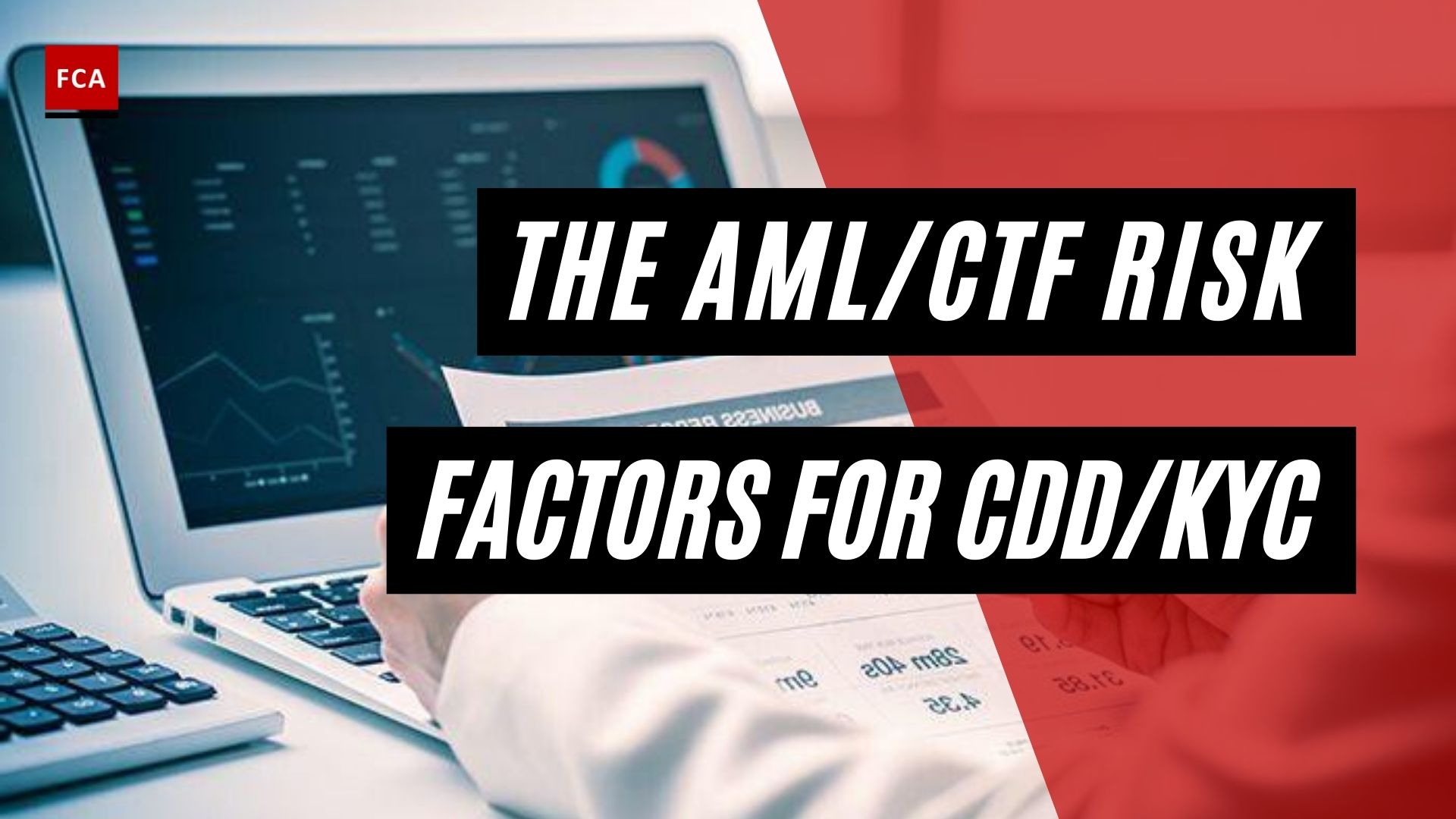Table of Contents
- The 1MDB Money Laundering Investigation
- Money Laundering Involving PEPs
- 1MDB And Corrupt Politicians
- Phase 1 – The “Aabar-BVI” phase
- Phase 2 – The “Good Star” phase
- Phase 3 – The “Tanore” Phase
- Identification Of Crimes
- Red Flags For Illicit Shell Companies:
- Red Flags For Jurisdictions That Are Imposing An Increased Risk Through PEPs:
- Red Flags For Illicit Practices of PEPs:
The Malaysian state-owned strategic development company 1Malaysia Development Berhad, the so-called fund 1MDB, started as a regional development initiative and turned into a major Money Laundering Scandal. Shortly after the former Malaysian prime minister Najib Razak took the reign in 2009, the former regional initiative was scaled nation wide to drive strategic initiatives for long-term economic development with foreign partners and sovereign investments.
The strategic development projects were mainly in the areas of energy, real estate, tourism, and agribusiness.
The 1MDB Money Laundering Investigation
Fast forward to 2015, when a Malaysian parliamentary committee identified irregularities, leading to a scandal that shook the financial world. According to the U.S. Department of Justice, USD 4.5 billion were extracted from 1MDB, flowing through a complex web of shell companies to government officials and their associates to finance luxury spending.
The scandal has triggered probes in at least ten countries, including the U.S., Switzerland, and Germany. As a consequence, several government officials and businessmen, including Najib Razak, were charged with dozens of counts – first and foremost – regarding money laundering and corruption.
In addition, financial institutions are being investigated for their involvement by U.S. and Switzerland authorities, where the Swiss Financial Market Supervisory Authority, FINMA, has conducted enforcement proceedings on seven financial institutions. Predominantly, FINMA depicts the failures within internal controls, including the identification of politically exposed person or PEPs and insufficient transaction monitoring with respect to money laundering.
Money Laundering Involving PEPs
A PEP is nothing more than an individual—an individual entrusted with a prominent public function or political role.
Why should this be of money laundering concern? The positions these individuals hold can be abused for laundering illicit funds or other predicate offenses such as corruption or bribery.
Generally speaking, it is true that having PEPs as customers or doing business dealings with PEPs represents a higher money laundering risk for organizations. Examples in which politicians or their associates abuse their positions for money laundering purposes are manifold. You have to look no further than at the Panama Papers; this is quite a rich resource for such examples. Over 140 politicians from 50 countries have been implicated in the Panama Papers.
1MDB And Corrupt Politicians
The money laundering and bribery activities in conjunction with the embezzlement of money from 1MDB involved PEPs such as government officials, politicians, and senior executives of governmental entities. The proceeds were funneled through a web of shell companies, with the setup evolving in three distinct phases. The phases follow a consecutive timely manner and have been named in the media according to the used shell company.

Phase 1 – The “Aabar-BVI” Phase
The proceeds of a USD 1.3 billion bond issue, with guarantees from 1MDB and the Abu Dhabi International Petroleum Investment Company, were wired to a shell company incorporated in the British Virgin Islands (Aabar Investments PJS Ltd.) that had a deceptively similar name as the second guarantor’s subsidiary. The funds were then transferred to the bank accounts of associates, family members, and spouses of PEPs. Amongst other notable examples, USD 25 million were spent in Las Vegas-based casinos, and an investment of USD 100 million was made in producing the Hollywood movie “The Wolf of Wall Street.”
Phase 2 – The “Good Star” Phase
Under the pretense of investing in a joint venture with a private Saudi oil extraction company, USD 1 billion in “investment volume” has been fraudulently transferred to a Swiss bank account held in the name of a Seychellean shell company (Good Star Ltd.) and beneficially owned by a Malaysian businessman. The funds were used for purchasing luxury goods, jewelry, and private jets.
Phase 3 – The “Tanore” Phase
Finally, USD 1.26 billion were diverted from a USD 3 billion principal that 1MDB raised through another bond offering to a Singaporean corporate bank account held by a shell company incorporated in the British Virgin Islands (Tanore Finance Corporation). The ultimate beneficial owner of that account was a PEP. The purchases made from the funds include paintings from Vincent Van Gogh and Claude Monet.
Identification Of Crimes
When dealing with sovereign wealth funds or government investment vehicles, operating businesses and financial institutions should exercise caution as they are exposed to money laundering, bribery, and corruption risks. Potentially critical business partners might display one or more of the following characteristics:
- The ultimate beneficial owner is the state, and investment vehicles are managed independently by other governmental institutions.
- The vehicles have a significant part of their investments abroad, where they hold, manage, and invest in public funds and other participating interests.
- Its investments and assets have a varying level of transparency with unclear investment strategies and objectives.
- It imposes a high risk of bribery and corruption concerning PEPs, their associates, family members, and spouses
The lessons learned from the money laundering, bribery, and corruption activities of the 1MDB case impose several red flags that should be considered to meet the requirements of the specific risk profile, especially referring to shell companies and PEPs.
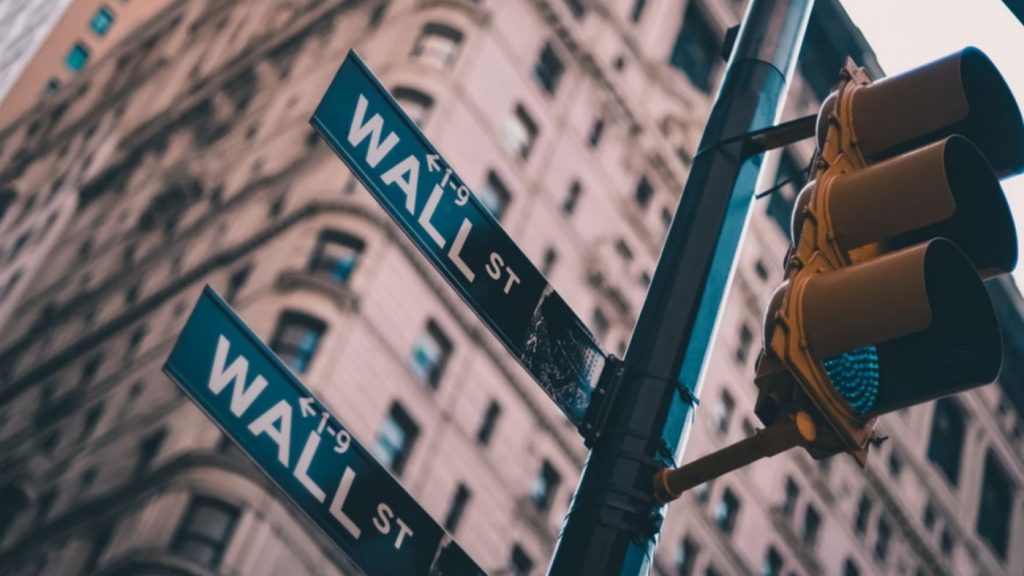
Red Flags For Illicit Shell Companies:
- Inability to obtain information about the ultimate beneficial owner, the involved governmental entities, or complex ownership structure with an unclear/unspecified economic/business purpose of a corporation.
- Customer is domiciled in offshore jurisdiction/tax havens, for example, BVI and Seychelles, as seen in the 1MDB case.
- Payments have no stated purpose, do not reference goods or services, or identify only a contract or invoice number.
- Multiple high-value payments or transfers between shell companies do not have a legitimate business purpose.
- Transactions from shell companies are related to public tenders or involve PEPs.
Red Flags For Jurisdictions That Are Imposing An Increased Risk Through PEPs:
- They have high levels of corruption (which is, for example, suggested by the Corruption Perceptions Index).
- The jurisdiction is shaken by political instability and has rather weak state institutions.
- Organized crime is widespread and armed conflicts are common.
- The criminal and judicial system is vulnerable to impact through political power and is not sufficiently able to protect human rights.
- The laws and policies governing AML are not in compliance with international standards, including the transparency of public registers.
- The press is suppressed with law and culture antagonistic to the freedom of speech as well as to whistleblowers.
Red Flags For Illicit Practices of PEPs:
- Significant mismatches are present in the spending pattern of identified PEPs concerning their income ratio.
- Inexplicable luxury spending involves jewelry, watches, art, private real estate, casino, nightclubs, hotel expenses, high-end cars, boats, and jets.
- Large cash withdrawals in round amount during a brief period of time and/or involving different locations.
- Payments and dealings with goods and/or services between PEPs and their associates, family members, and spouses.
Final Thoughts
The 1 Malaysia Development Fund Bhd (1MDB) scandal is possibly the most serious corruption scandal in recorded history. The embezzlement and laundering of billions of dollars from its accounts, as well as gains from bribery and bond pricing, has been facilitated by false declarations by its officials and others. Illicit funds were frequently transferred and laundered outside of Malaysia. The scandal has implicated a group of bankers, businessmen, and senior government officials, mostly from Malaysia, but also from Saudi Arabia, the United Arab Emirates, and other countries.


